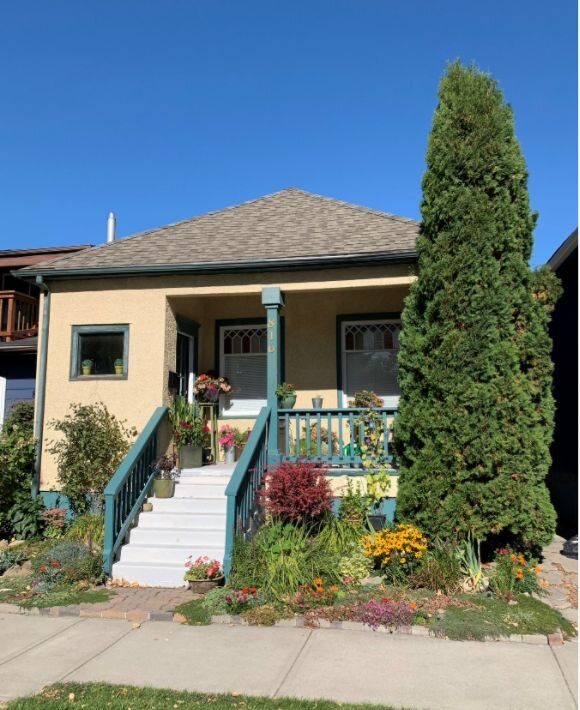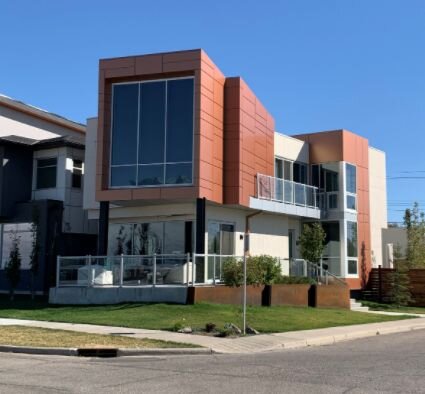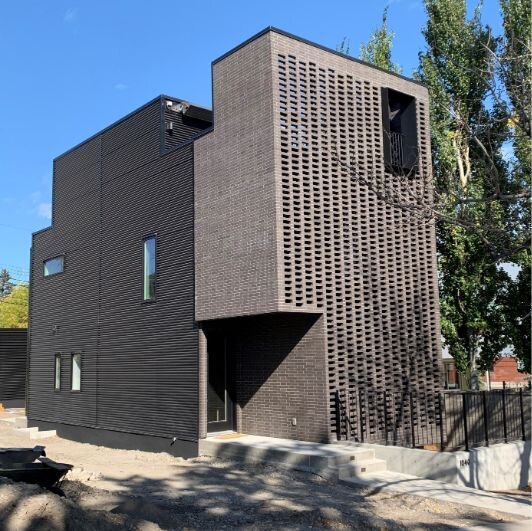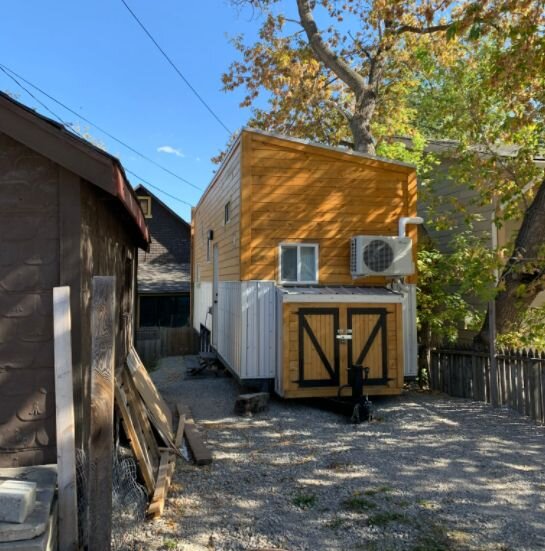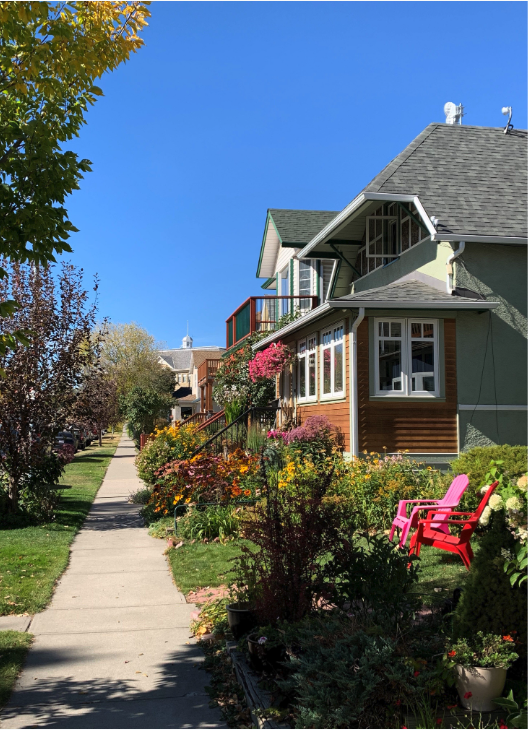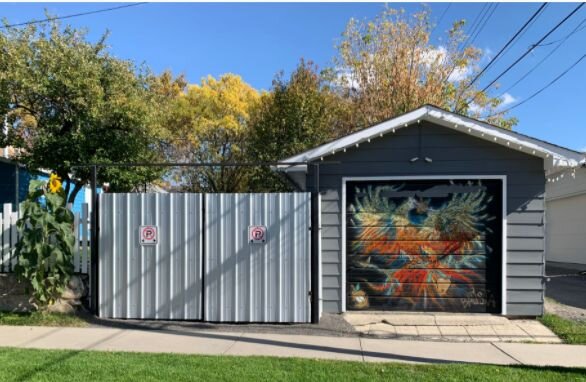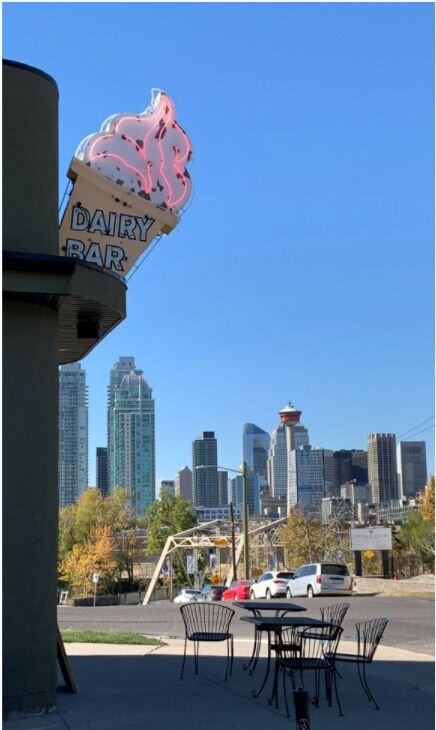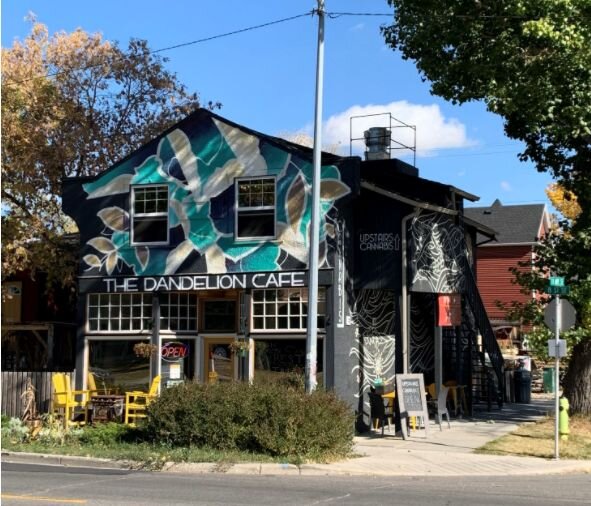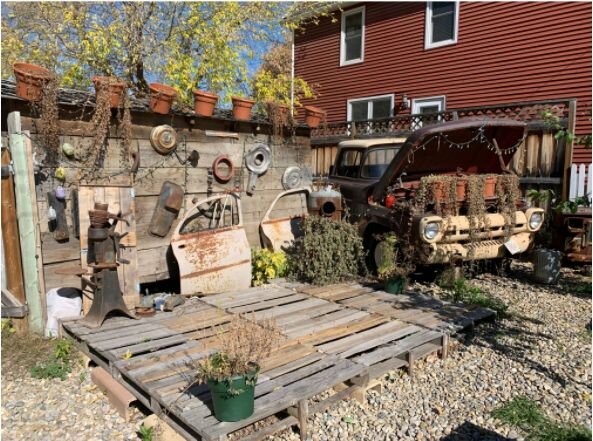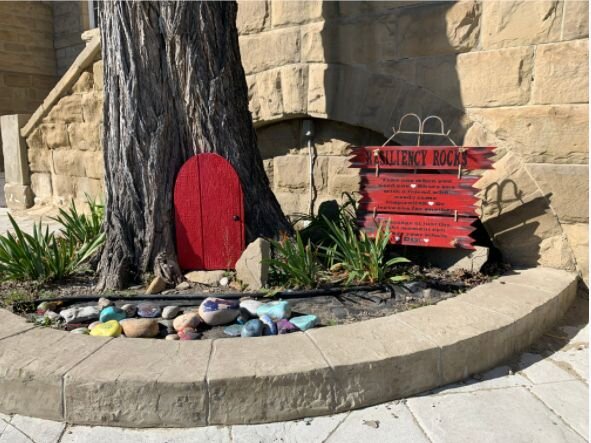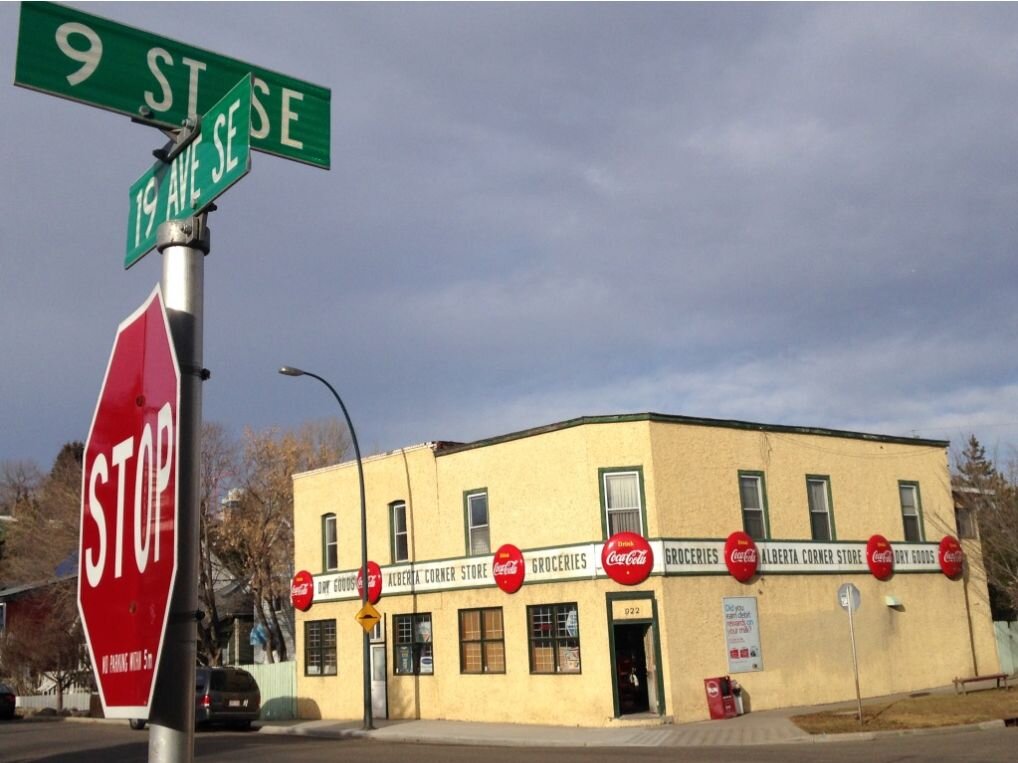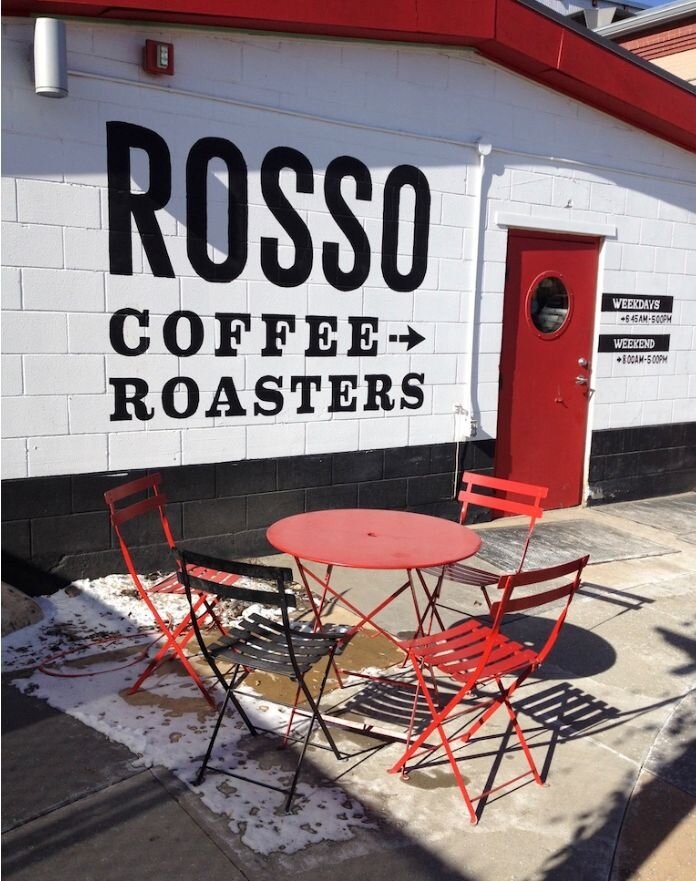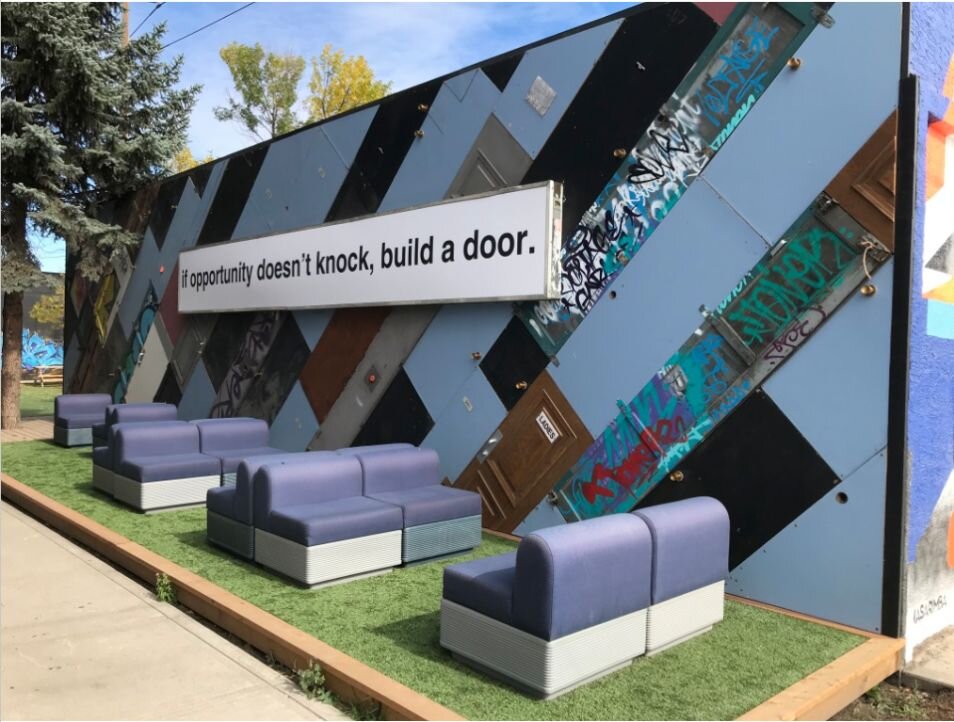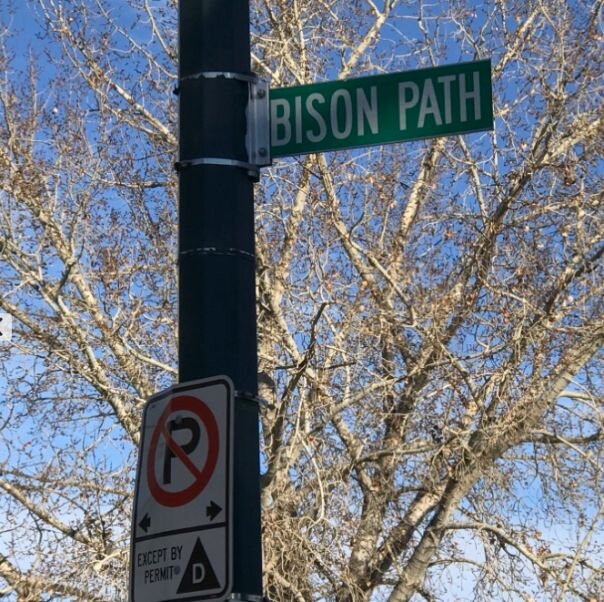Calgary's Cool Neighbourhoods: Ramsay in Transition!
I love it when Everyday Tourist readers share their experiences with me. Seems like with COVID travel restrictions more and more of us are exploring closer to home and finding lots of interesting things. Recently, local architect Tom Tittemore shared with me that he had been walking in Ramsay one of Calgary’s oldest neighbourhoods and was surprised at how it was evolving from a early 20th century working class community to a funky, bohemian, early 21st century neighbourhood. I suggested he write a guest blog and he agreed.
Ramsay is home to several charming homes with funky design elements.
Ramsay Walkabout
A recent walking tour of the Ramsay neighbourhood revealed for me a truly ‘diverse and inclusive’ inner city community undergoing 21st century transition. As one of Calgary’s original neighborhoods – its ‘main street’ Spiller Road / 8th Street SE was precursor to Macleod Trail - Ramsay accommodates an array of lifestyle and personal expression influenced by its distinctive topography, shifting streets patterns and building type/mix.
1910 map of Ramsay
“BACK OF HOUSE” EDGES
While the borders of Calgary’s newer residential neighbourhoods have been defined largely by engineered, efficient road systems over most of the past century, Ramsay’s edges are the result of historical infrastructure that provide numerous, somewhat unbecoming, ‘back of house’ views to the community’s light-industrial adjacent precincts.
Grand views from Scotsman’s Hill display the rear face of the City Water Centre to the south and the vast Stampede Grounds’ service areas to the west.
The latter vista provides a foreground to the stunning high-rise downtown core beyond and will undergo remarkable change over the next five years through the ambitious Rivers District development.
Ramsay’s beleaguered, constrained edges to Spiller Road / 8th Street SE include the Lilydale chicken processing plant and the CP Rail line / overpass to the south and north respectively.
Thankfully, the new Green Line station on 11st Street SE will provide an enhanced above-grade connection between Ramsay and Inglewood.
Ramsay is home to Riverside Iron Works also known as Dominion Bridge and most recently Ramsay Crossing. Riverside Iron Works moved to the site in 1927 and in 1929 they sold it to Dominion Bridge Company of Montreal who expanded the site to nearly 21 acres adding a massive steel shop providing product to the ship building industry during WWII and later to build the new new office towers in Calgary including the Calgary Tower. Today it has a mix of uses from designers, artists, film industry props and sets.
Other industrial sites that have become funky places includes Calgary Co-operative Fur Farmer’s Association (CCFFA) building, that was developed by Canadian Western Natural Gas Companies in 1912. In the 1930s it became Caglary Casket Company, followed by Central Flower Mills and in then a feed mixing warehouse of the CCFFA in the ‘40s.
It was vacant for 25+ years, when it was purchased and converted into a residence, gallery and artist’s studios.
Jeff de Boer’s studio is just one of the many artist’s studios in Ramsay. it is in the CCFFA building.
“FRONT OF HOUSE” ENTRIES
The interior of Ramsay contains many public, domestic and commercial buildings that celebrate a traditional ‘front of house’ demeanor. Doorways and porches accentuated by novel front gardens and signage, exhibit a variegated pride of ownership.
Gentrification housing infills are gradually transforming Ramsay’s building stock, evidenced by new residences that exhibit bold, contemporary architectural variations of form and materiality.
FUN FINDS
Other refreshing details noted on my tour include idiosyncratic gardens and large open green spaces, the proliferation of artists centers and memorable street names.
Artpoint (103 17th Ave SE) is home to several studios, as well as an art gallery and Heritage Weavers and Spinners Guild of Calgary. It is one to the public to wander on weekends.
This house has a fun history. It was built in 1908 by carpenter Joseph Beers, later it was purchased by Ernst Wood who converted it into the English Meat Market, after which it became a grocery store and then an antique shop. In 1998, artist Rhonda Thurn purchased it and intrigued by its history decided to recognize its history by painting “Beers House” on the front facade that already has the appearance of a storefront. Yes, strangers often think it is a pub and knock on the door wondering what beers she had. Story credit: Harry M Sanders, “Historic Walks of Calgary.”
Burns Visual Arts Society is home to 20+ established and emerging artists. It is the oldest artists’ cooperative in Canada.
Everyday Tourist’s Last Word
Ramsay is a lovely walk back in time when residential and commercial buildings were integrated, rather than segregated so people could walk to work. When huge sandstone schools often dominated the neighbourhood and large families lived in tiny houses. It is also a walk into the future where small families live in huge new homes and old industrial and warehouse buildings are now home to, artists centers, craft breweries, cafes and co-work spaces.
Perhaps Ramsay’s most famous resident was “Turk” the Ramsay turkey who was discovered wandering the streets and lawns of Ramsay in 2019. He was quickly adopted by the community and had 6,000+ followers on his Facebook page. He wandered Ramsay and and other City Centre neighbourhoods until July 2020 when he was killed by coyotes in Bridgeland.
Indeed, Ramsay has become home to a vibrant bohemian community of artists, architects, foodies and techies.
If you like this blog, you will like:
Calgary: East Side Art Crawl Fun!






